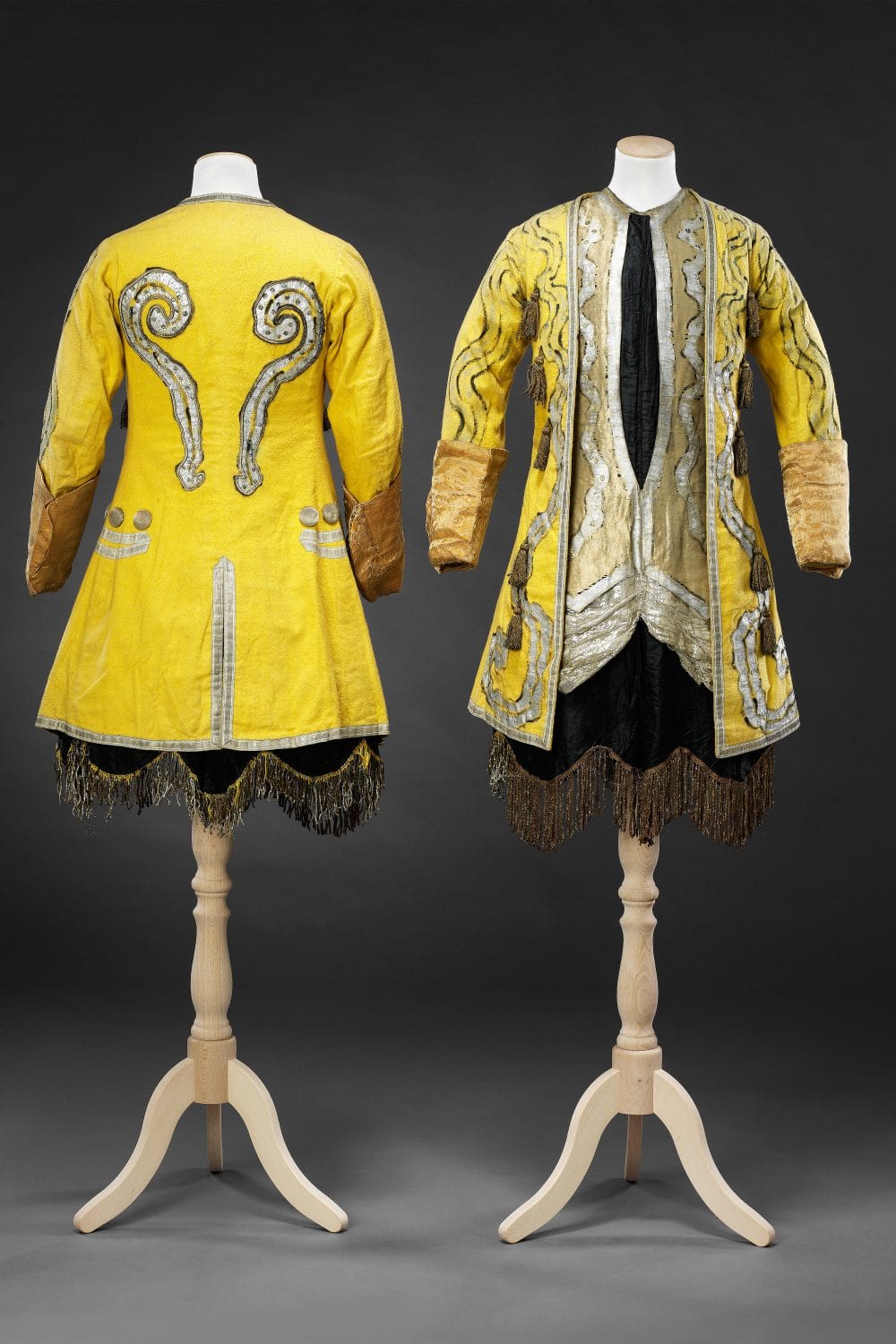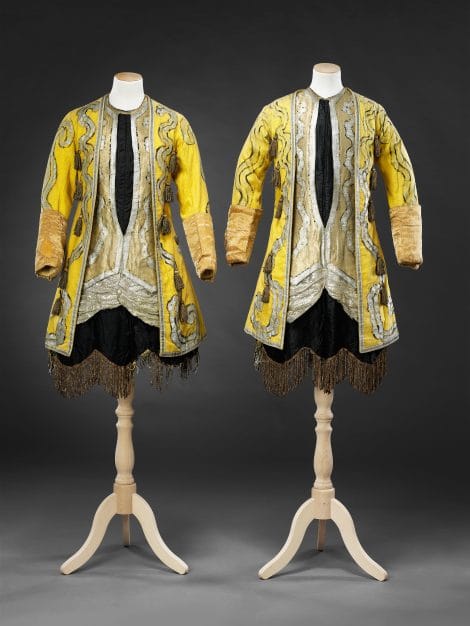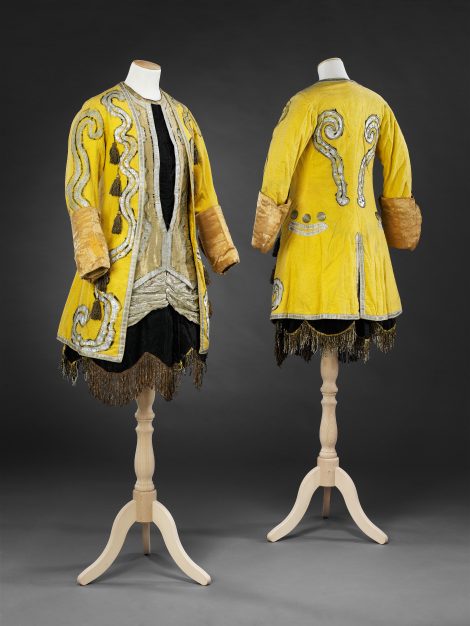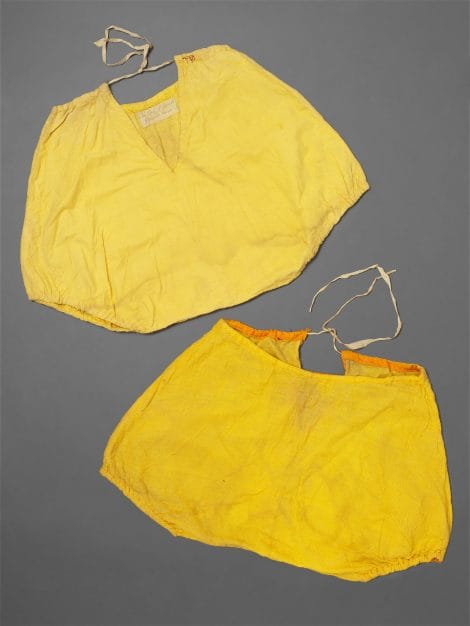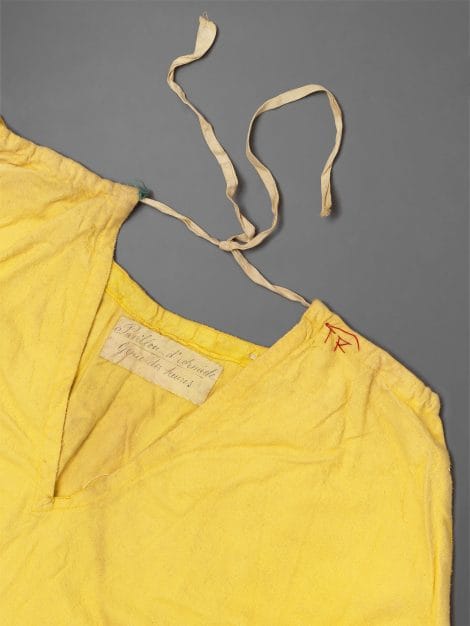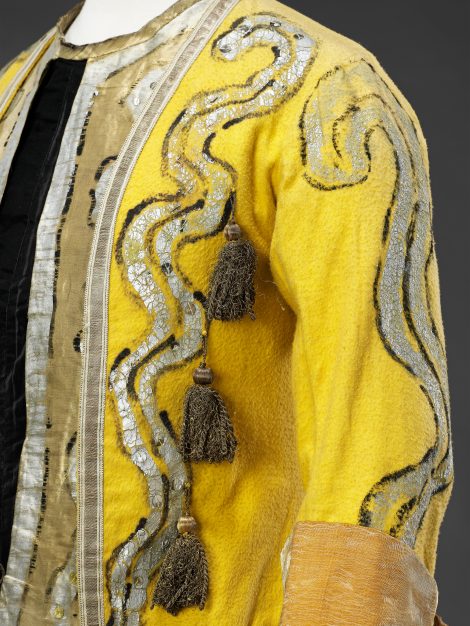The Ballets Russes Company, under the direction of impresario Serge Diaghilev, had a major impact on the nature of ballet in the western world from the early years of the 20th Century. Employing the most talented and creative dancers, choreographers, designers and composers, the company created spectacles of sound, colour and movement, often with an oriental or folk tale theme, that they toured throughout Europe and America.
Serge Diaghilev’s production of the one act ballet Le Pavillon d’Armide was premiered in St. Petersburg in 1907 before becoming part of his famous first Paris season at the Théatre du Châtelet in 1909. The ballet was based upon a short story by Théophile Gaultier, in which a young French nobleman, staying overnight in a chateau belonging to a magician, dreams that the sorceress Armide and other characters in the Gobelins tapestry on the wall come to life. The Russian artist and designer Alexandre Benois was commissioned to design the sets and costumes. Benois had lived in Versailles in the late 1890s, and his fascination with court life is evident in his designs, as is his study of 17th Century and 18th Century costume designs of the Paris Opéra.
The John Bright Collection owns two costumes worn by the Genies des Heures, or Spirits of the Hours, seen front and back in the image. Each comprises a coat, a sleeveless tunic simulating a waistcoat, and trunks that are not seen. (See Additional Images). Relatively inexpensive fabrics have been used – the coat and trunks of brushed cotton – that have been highly decorated with many forms of metallic trimming to catch the stage lighting and add to the exotic spectacle. The coat and tunic are roughly painted in silver with scrolling lines to evoke the restless nature of the Baroque and Rococo periods; three different types of fabric incorporating metal thread have been employed along with silver and gold coloured braids, fringing, tassels, sequins and buttons. These costumes have as much in common with the fantasy and imagination of the earlier French costume designs that inspired Benois as with an evocation of the period they represent. See, for example, a design after Jean Bérain of 1720 that similarly employs a proliferation of swirling silver motifs and fringing to achieve its effect.
The coat and tunic of each costume are labelled by hand with the name of the ballet and the character, and have German customs stamps that were used between 1909 and 1912; one of the costumes is labelled ‘Alda’, the other with the name ‘May’ and a later, now faded name. One pair of trunks is original to the costume, with its handwritten label, the other appears to have been made later and has a tacked-in faded name label.
